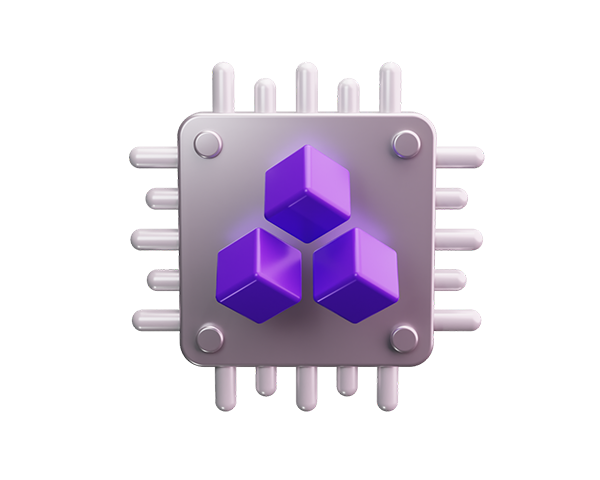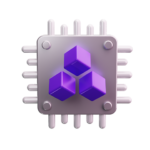Enhancing Enterprise Architecture with Virtual Replicas
In today’s rapidly evolving digital landscape, businesses are constantly seeking innovative technologies to optimize their operations and gain a competitive edge. One such technology that has been gaining traction in the realm of enterprise architecture is digital twin technology. Digital twin technology involves creating virtual replicas of physical assets, processes, or systems. These virtual replicas are highly detailed and are continuously updated with real-time data from their physical counterparts. By utilizing digital twins, organizations can gain deeper insights into the performance of their assets, simulate various scenarios, and optimize their operations in ways that were previously not possible. The application of digital twins in enterprise architecture is vast and can be particularly beneficial in industries such as manufacturing, healthcare, transportation, and energy.
How does organizations leverage digital twin technology?
1. Enhanced Monitoring and Maintenance: Digital twins enable organizations to closely monitor the performance of their physical assets in real time. By collecting and analyzing data from the digital twin, businesses can predict and prevent potential issues, optimize maintenance schedules, and minimize downtime. This proactive approach to monitoring and maintenance can result in significant cost savings and improved operational efficiency.
2. Simulation and Predictive Analysis: One of the key advantages of digital twin technology is the ability to simulate various scenarios and analyze the potential impact on the physical asset or system. By running simulations on the digital twin, organizations can make informed decisions, identify potential bottlenecks, and optimize processes without disrupting the actual operations. Additionally, digital twins can be utilized for predictive analysis, allowing businesses to forecast future performance based on real-time data.
3. Optimize Resource Utilization: Digital twins provide valuable insights into the utilization of resources, such as energy consumption, production output, or equipment usage. By analyzing data from the digital twin, organizations can identify opportunities for optimization, reduce waste, and improve overall resource efficiency. This level of detailed analysis can lead to significant cost savings and sustainability benefits.
4. Remote Monitoring and Control: In an increasingly interconnected world, digital twins enable remote monitoring and control of physical assets. This capability is particularly valuable in scenarios where physical access to the assets is limited or impractical.
Through the digital twin, organizations can remotely monitor, control, and make adjustments to the physical asset, thereby improving operational flexibility and responsiveness. Incorporating digital twin technology into enterprise architecture requires a strategic approach, including robust data integration, advanced analytics capabilities, and seamless connectivity between the physical and virtual realms.Additionally, organizations must prioritize data security and privacy to safeguard the integrity of the digital twin and the associated real-time data.
As digital twin technology continues to mature, its potential to revolutionize enterprise architecture and drive innovation across industries is becoming increasingly apparent. By leveraging digital twins, organizations can gain a deeper understanding of their assets, optimize their operations, and pave the way for a more agile, efficient, and data-driven future.


